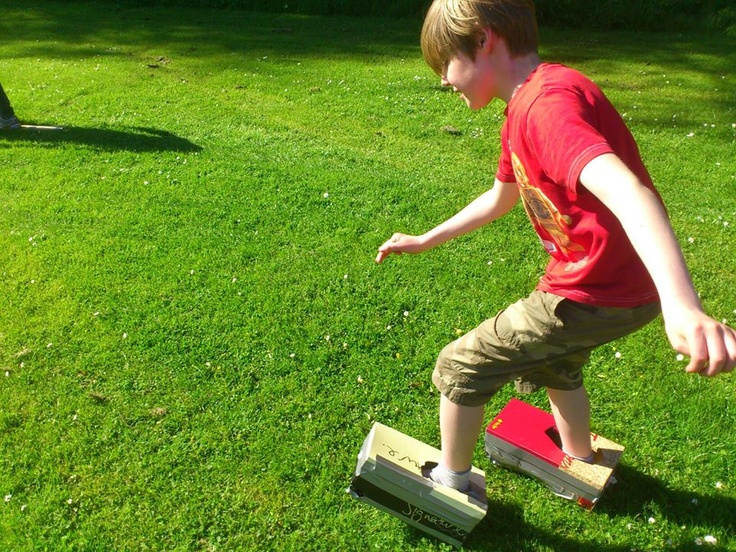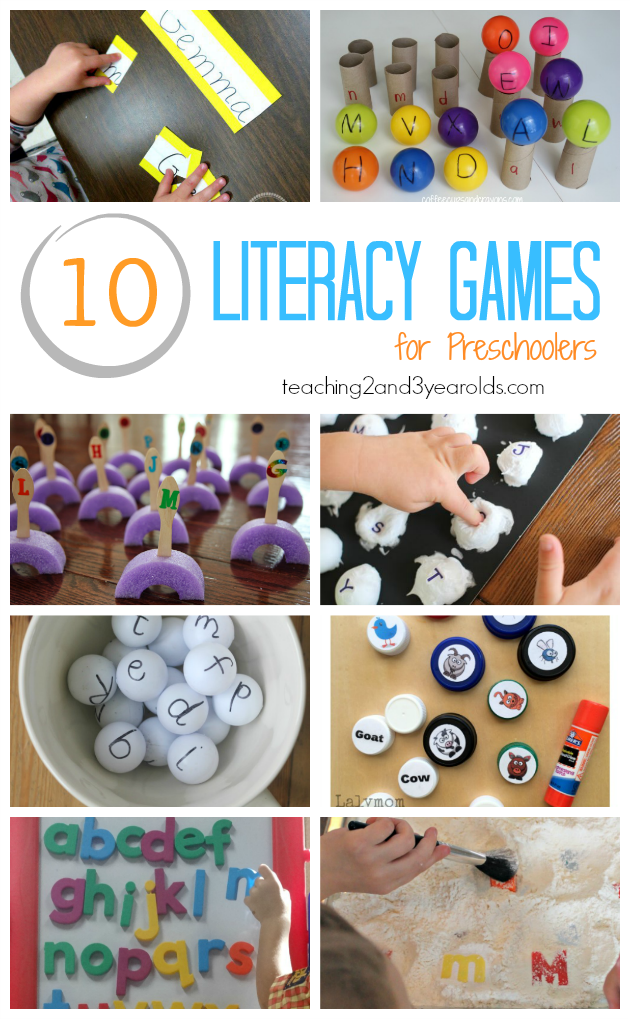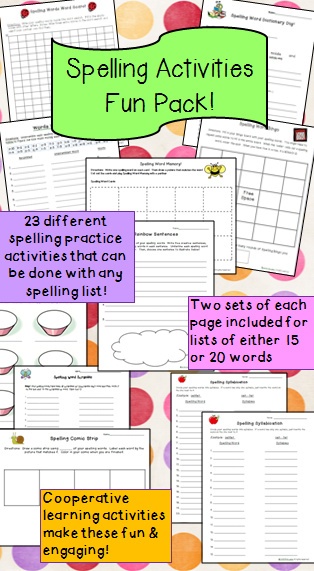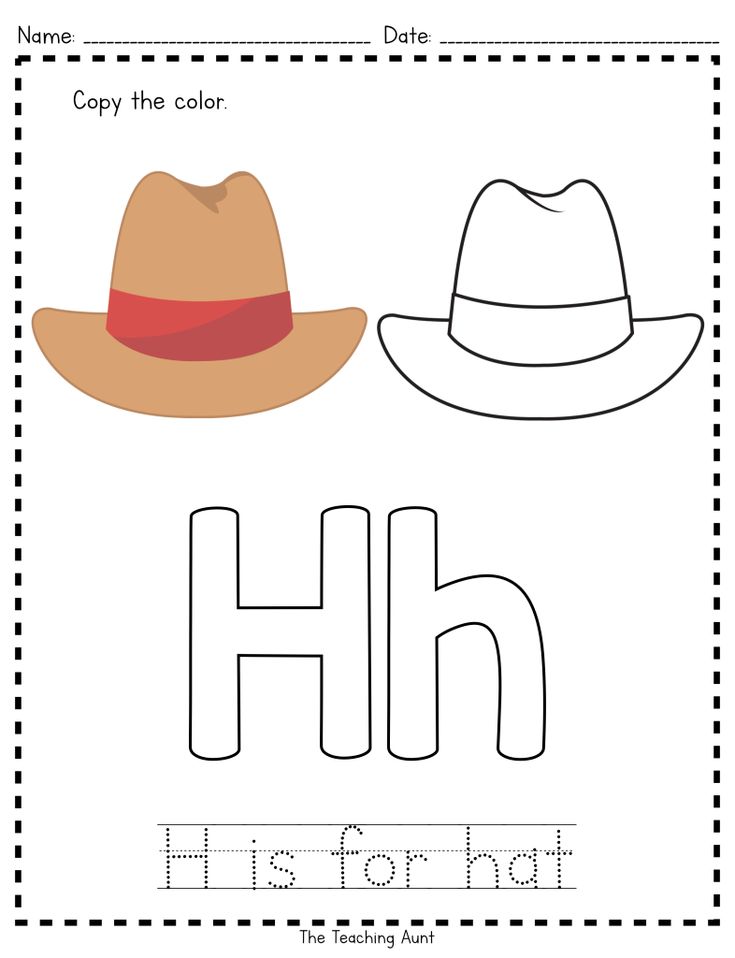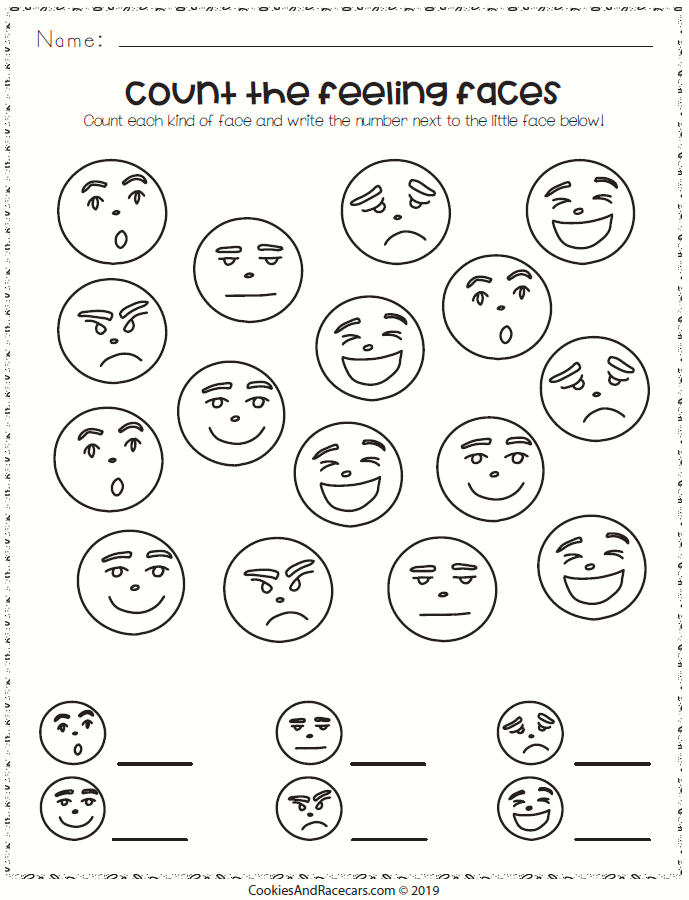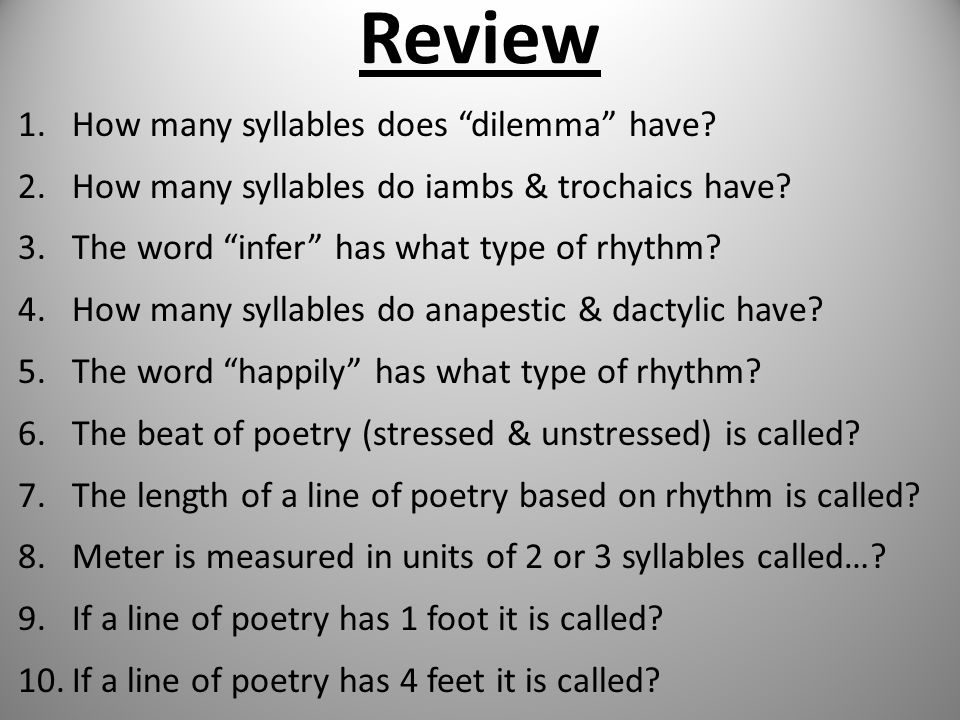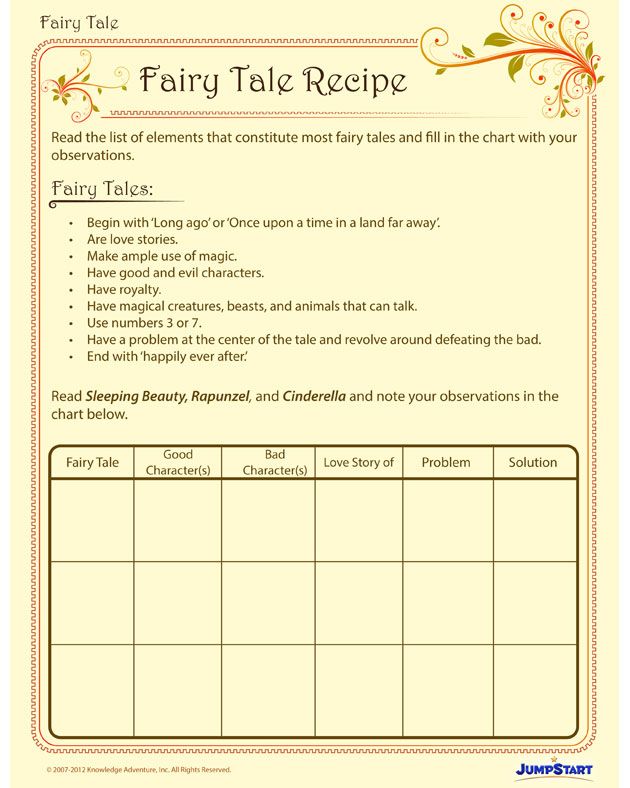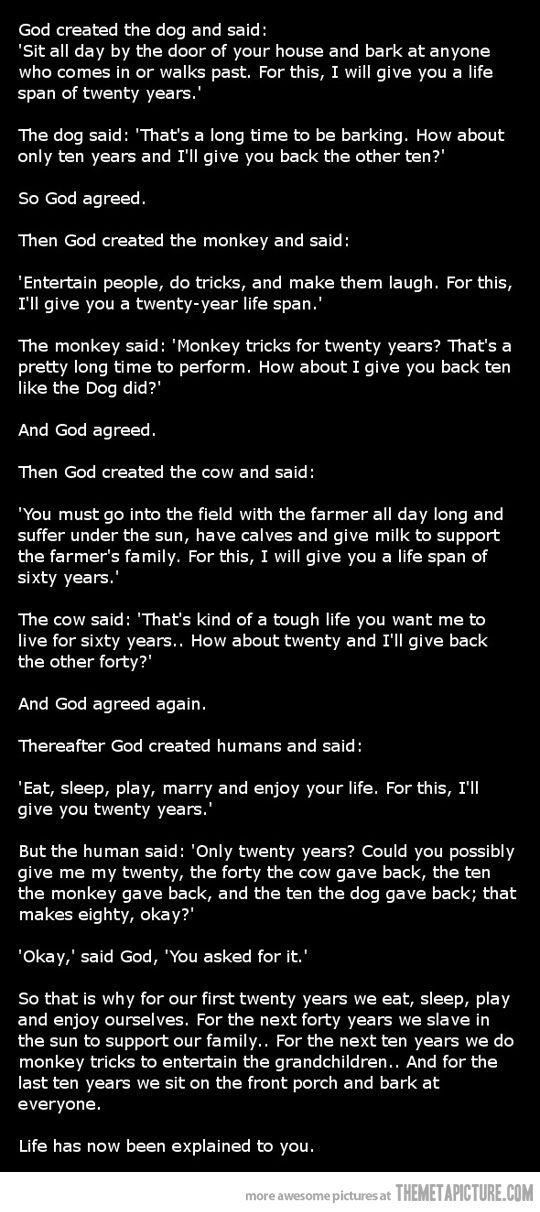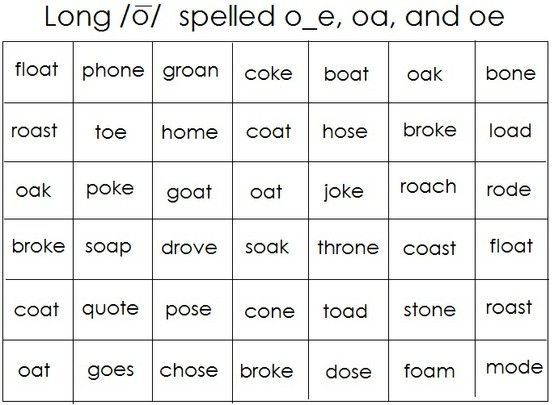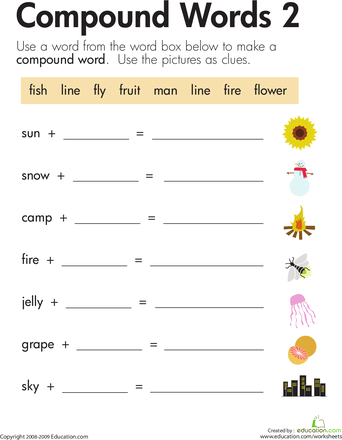What math should a first grader know
The Most Important Math Concepts Kids Learn In 1st Grade
Your child has progressed from kindergarten to first grade. That’s exciting news! There is so much learning to come their way, especially from their first grade math class.
Math skills and concepts build on each other from grade to grade, which is why children need to get a firm foundation so they can handle the more complex challenges as they progress in school.
As a concerned parent, you might be wondering what some of these mathematical concepts will be and, more importantly, how you can help your child master them. You don’t have to figure it out on your own.
Here, we will give you a breakdown of what to expect from your child’s math class. We’ll also add a few tips on how to help your young learner thrive through it all.
Let’s get started!
Why Is Math Important?
Math is taught in the classroom, but that doesn’t mean that’s the only place it’s relevant. We use it every day!
From the hexagonal bee combs to the circles, semi-circles, and crescents of the phases of our moon, mathematics is an essential part of the world we live in, and learning it helps us make sense of everything around us.
Did you know that math skills can also be linked to music? Children who play musical instruments use the same part of the brain when doing math. This is why studies have shown that music students do better in mathematics than their non-musical peers.
Sports and mathematics also have an interesting connection. Just think about all the coordination involved in performing well in certain sports. Research has shown that these skills can also be used to learn math.
In addition, mathematics helps us be stronger logical thinkers. Since most young kids tend to enjoy math time, it’s essential to foster this natural love for the subject just as much as we want to encourage children’s love for reading.
Helping children develop a love for mathematics generally works well when approached actively as a problem-solving skill rather than a rote memory task. Math helps children thrive in various aspects of their lives.
So, how do we get there? It all starts with the foundation.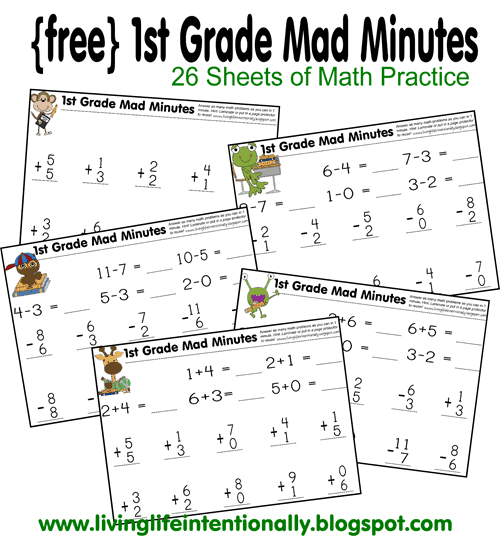
Below are the key first grade math concepts your child will soon learn and some tips on how you can support them on their journey.
8 Important First Grade Math Concepts
1) Numbers And Counting
At first grade level (and for the next few years in school), learning different numbers and counting will form a significant part of your child’s mathematics lessons.
By the end of the first grade, your child will have learned to:
- Count and write numbers from 1 to 100
- Count by 1s, 2s, 5s, and 10s
- Count backward
- Count onward from any number
- Count backward from any number
There are different ways to help your child grasp numbers and counting at home, and hands-on activities work best.
An effective strategy is to help your child visualize what all these numbers mean. For example, instead of just memorizing the numbers, they can count bears, large dried beans, or even craft sticks.
2) Addition And Subtraction
In first grade math, your young learner will start adding and subtracting numbers up to 30. They will also solve basic word problems with the help of drawings, objects, and equations.
They will also solve basic word problems with the help of drawings, objects, and equations.
By the end of the first grade, your child will have been shown how to:
- Add three one-digit numbers
- Write and show an understanding of the mathematical symbols (+, -, =)
- Solve problems involving one and two-digit numbers
- Solve problems involving an unknown. For example, 1 + _ = 4
Addition and subtraction are two math skills that can be demonstrated in everyday life situations. This makes it relatively easy to practice at home!
For instance, you might ask, “If you have two teddy bears and granny buys you three more, how many teddy bears will you have in total?” Or, “There were six strawberries in the fridge. Daddy ate some strawberries. There are now four left. How many did daddy eat?”
3) 2-D Shapes
During pre-k, children get introduced to different shapes. In first grade, they will continue to extend their understanding of them.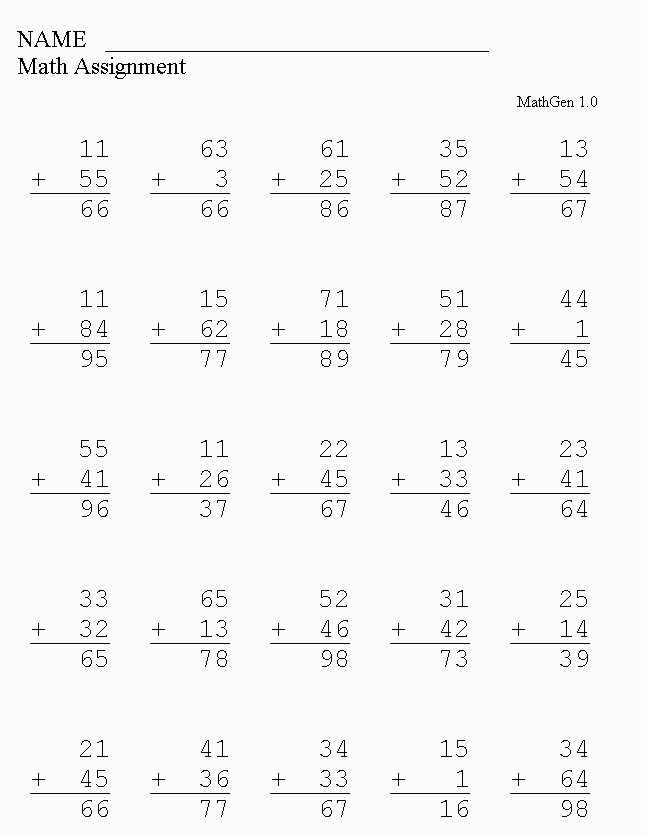
By the end of the first grade, your child may be able to:
- Examine the attributes of different shapes (number of sides, faces, etc.)
- Name the 2-D shapes
To help your child grasp these shapes at home, continue to point out and name the 2-D shapes in the world around you (circles, triangles, pentagons, etc.).
When doing so, remember to always highlight the attributes (e.g., this book has four equal sides, so it’s a square).
4) Sorting And Patterns
Understanding and sorting patterns also forms a part of first grade math.
Your first grader will learn to:
- Sort different objects by attributes such as color, shape, and function. For example, sorting a mixed group of blocks so that the red, blue, green, and yellow blocks are separated.
- In addition, if these blocks are placed in a pattern (e.g., green, yellow, green, yellow, etc.), your child should be able to both predict which color will come next and create their own identical pattern.
 This skill will help develop your child’s logical thinking.
This skill will help develop your child’s logical thinking.
Continue to allow your young learner to play with fun building blocks and create their own patterns to help them master this skill.
5) Fractions
Montessori material. Children’s hands. The study of mathematics School and kindergarten. Whole and part. FractionsAs a first-grader, your child will be introduced to fractions as equal shares and basic fractions such as ½, ⅓, and ¼. For children to fully grasp these concepts, it’s essential to keep things intuitive.
For example, you can start by helping them understand that a half is two equal parts, a third is three equal parts, and so forth. They also need to understand that although three is bigger than two, ⅓ is smaller than ½.
Fractions can be tricky for kids to learn, which is why it’s important to use practical and everyday items.
For example, you can help your young learner examine the fractions of a full pizza. Then, as you divide the pizza into different slices, talk about the parts that you’ve created from the whole.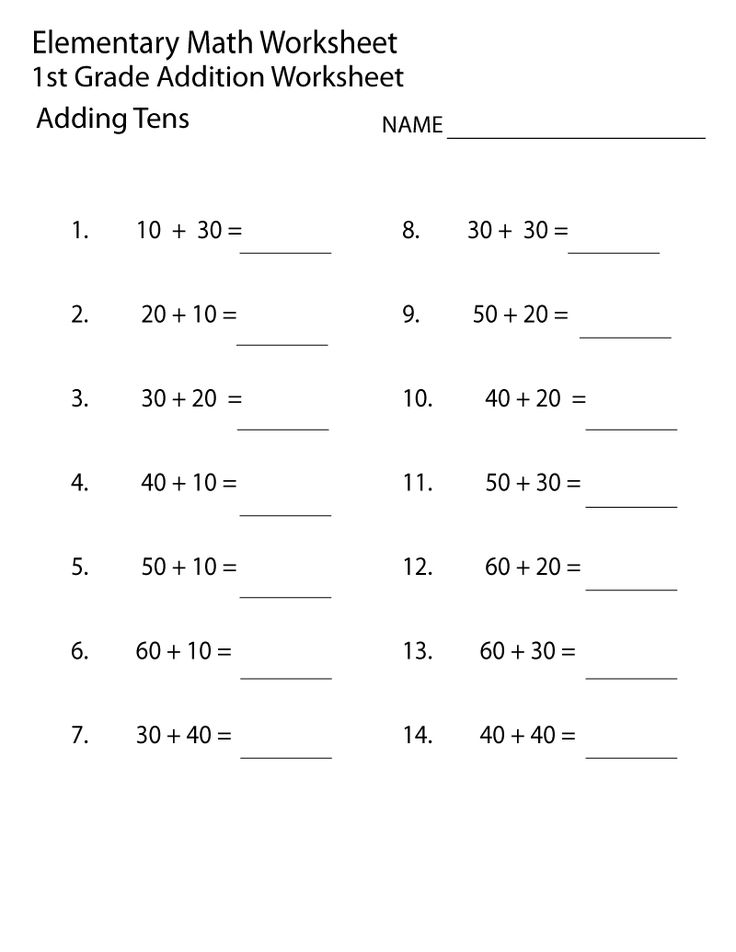
The concept of equal shares can also be demonstrated from one object and a group. For instance, you can have ½ of a single item (e.g., ½ of a cookie), or you can have ½ of a group of objects (e.g., ½ of four cookies is two cookies).
6) Number Place Values
With all the counting in first grade math, your child will naturally be introduced to the concept of place values. For instance, understanding that in the number 288, the 2 is worth 2 “hundreds” (or 200).
There are various activities you can do at home to help your young learner with this concept, including:
- Using number lines
- Base ten blocks
For more ideas to help with number place values and other 1st grade math concepts, take a look at the book Games for Math: Playful Ways to Help Your Child Learn Math, From Kindergarten to Third Grade by HOMER’s very own Peggy Kaye.
7) Time
Telling time (both digital and analog) is an important life skill that kids learn from first grade. The concept of elapsed time will also be introduced at this stage.
The concept of elapsed time will also be introduced at this stage.
In first grade math, your child will learn to:
- Tell time to the nearest hour, half-hour, and quarter-hour (sometimes even to five minutes)
- Make the connection between time and events (e.g., shorter, longer, after, before)
Understanding the analog clock can be tricky for a child who’s only exposed to digital clocks. So help your young learner by buying one (or making one for learning) to hang up at home.
You can then speak to your child about what it means when the hands move. To make things easier, start by helping them tell time to an hour and half-hour before progressing to quarter-hours.
8) Measurements And Comparisons
First grade math also involves some measuring and unit comparisons.
Your child will learn how to measure using a ruler and, after taking measurements, compare and order objects by length. First-graders will also learn how to compare the weights and volumes of different objects.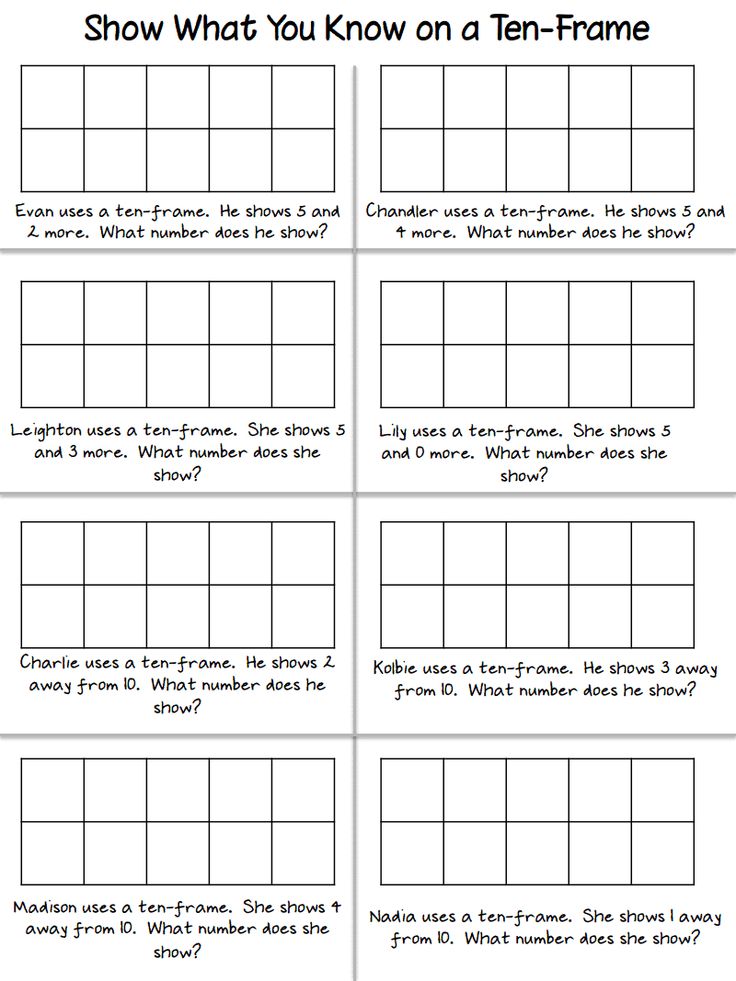
To help your young learner at home, keep rulers nearby and take measurements together of some of the objects they love (e.g., stuffed toys, cookies, etc.).
Bonus tip: If you’re a regular baker, why not help them see how you use measuring tools to create their favorite treats? Yum!
Helping Your Child With First Grade Math
We’ve already mentioned a few ways in which you can help your first grader with math at home. In addition to the above, playing math games is a fun and easy way to practice math at home!
Here are some examples of more math activities your young learner will enjoy at home:
- Fill in a number grid puzzle
- Build objects with legos and measure
- Number Hunt, Hopscotch, Is It A Number, and Find A Number
Math Is All Around Us
Helping your child grasp first grade math concepts at home is easier when you focus on the fact that mathematics is a part of our everyday lives. It is in the shape of road signs, the parts of sliced pizza, and even the watches on our wrists!
Sometimes kids (and parents) forget that math can be lots of fun. So whenever you can, incorporate games and activities to bring a little excitement to all the learning.
So whenever you can, incorporate games and activities to bring a little excitement to all the learning.
Will this help your child become our next best mathematician? Only time will tell. But one thing is for sure — all of the great mathematicians started somewhere. Even Isaac Newton had to master first grade math!
For more ideas and inspiration, visit the HOMER Learn & Grow app.
Author
1st Grade Math Skills, What Your Child Will Learn, Komodo Math
- Math Tips
- Education
- 1st
Your child is heading to first grade! After the year in kindergarten, your first grader will be ready for some amazing growth. For many children, first grade is the year that they bloom as readers and mathematicians. Get ready to support your child’s mathematical growth by learning about first grade math skills.
In first grade, you can expect your child to learn about:
1. Addition and subtraction facts to 20
Now that your child has mastered the idea of adding and subtracting, they’re ready to practice math facts. This means getting faster when answering addition and subtraction problems to 20.
Help your child develop fluency by asking basic addition and subtraction problems - we find that using treats can help keep kids interested! If your first grader needs support, encourage the use of physical objects or fingers as problem-solving tools.
2. Addition and subtraction as inverse operations
Your child probably understands the concept of addition as “putting together” and subtraction as “taking apart.” In first grade, children are encouraged to see the connections between addition and subtraction. Your child will learn how addition and subtraction are inverse operations, or that one is the opposite of the other, and create “fact families” of related addition and subtraction problems.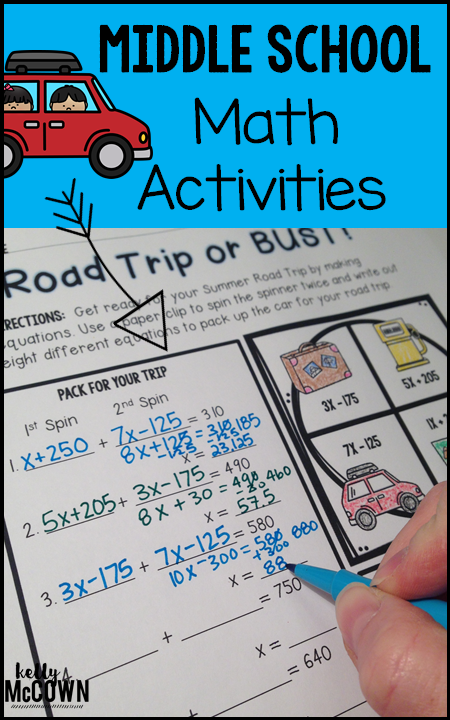
When working with addition and subtraction, ask your child to see connections. For example, if your child has four dolls and three cars, ask how many toys there are in all. Then ask how many toys there would be if the four dolls are taken away.
3. Count and write within 120
Your child has probably mastered counting to 20. But in first grade kids will learn to count all the way up to 120! That’s not all. Kids will be expected to not only count, but write, the numbers. This is great practice for understanding multi-digit numbers.
At home: Encourage your child to write numbers whenever possible. Talk about how two-digit numbers are made up of tens and ones and how three-digit numbers are made up of hundreds, tens, and ones. Just looking closely at multi-digit numbers together can be a great learning opportunity.
4. Add within 100
Now that your child has an understanding of numbers past 100 as well as basic addition and subtraction facts, it’s time to practice adding within 100. Children will practice adding one-digit numbers to two-digit numbers using strategies like counting on and number charts. Children can practice adding larger numbers with the help of a 1-100 chart.
Children will practice adding one-digit numbers to two-digit numbers using strategies like counting on and number charts. Children can practice adding larger numbers with the help of a 1-100 chart.
First graders are also ready to practice adding and subtracting 10s to and from two digit numbers.
At home: Help your child see patterns when adding and subtracting 10s. For example, after solving a problem like 59 - 10 = 49, point out to your child that 49 has one less 10 than 59. This is another great way to learn about place value.
5. Measure objects
In first grade, kids learn how to measure using rulers and more unusual things like paper clips. After taking measurements, children compare and order objects by length.
At home: Kids love measuring things around the house, so keep a couple of rulers handy.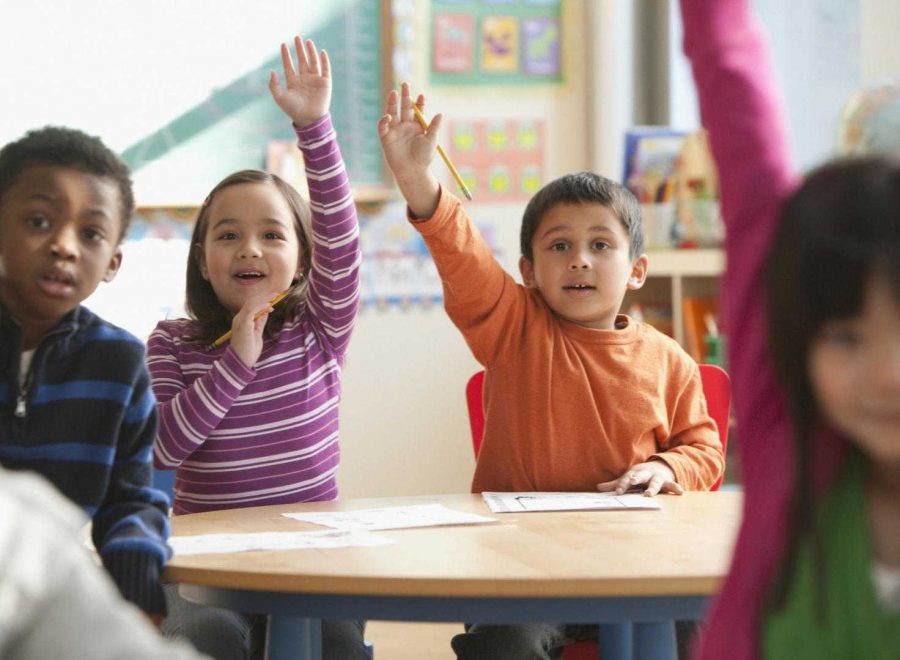 Pay attention to how your child is using a ruler and taking measurements. Sometimes kids don’t quite measure from end to end, so they might need a bit of help...
Pay attention to how your child is using a ruler and taking measurements. Sometimes kids don’t quite measure from end to end, so they might need a bit of help...
6. Tell time to hour and half hour
One of the trickiest concepts first graders will learn is to tell time. Using analog clocks is confusing, especially when kids are more used to seeing digital clocks. In first grade, your child will learn about the big and little hands of a clock and will practice telling time to the hour and half hour.
At home: Get hold of an analog clock for your home (either a real one or one made just for learning). Talk with your child about the time and how the hands move around the clock. Remember to just focus on telling time to the hour and half hour to start!
7. Understand basic fractions
First graders also get an introduction to fractions as equal shares. They will learn how to divide into equal groups and learn basic fractions like ½, ⅓, and ¼. First graders usually have a good understanding of fairness, so practicing making equal shares should be a relatively easy task for them!
First graders usually have a good understanding of fairness, so practicing making equal shares should be a relatively easy task for them!
At home: Help your child to divide pizzas, pies, and sandwiches into equal shares. As you do, talk about the fractions of the whole that you created.
First graders are ready to dive deep into mathematical concepts. Find time to connect with your child about classroom learning and get ready to have some fun!
Found this useful? Check out our grade by grade math guides from Kindergarten to 5th grade
Written by Lily Jones, Lily loves all things learning. She has been a kindergarten & first grade teacher, instructional coach, curriculum developer, and teacher trainer. She loves to look at the world with curiosity and inspire people of all ages to love learning. She lives in California with her husband, two kids, and a little dog.
About Komodo – Komodo is a fun and effective way to boost K-5 math skills.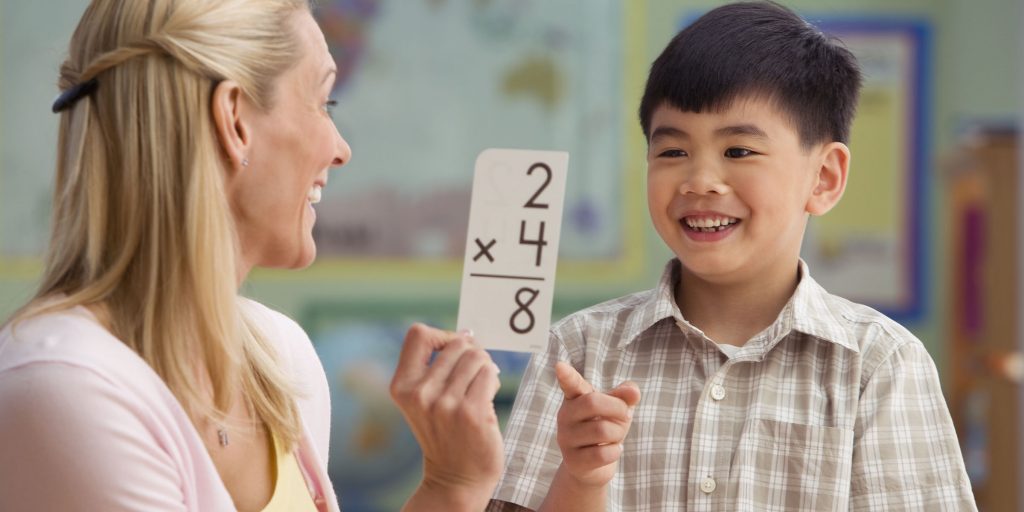 Designed for 5 to 11-year-olds to use in the home, Komodo uses a little and often approach to learning math (15 minutes, three to five times per week) that fits into the busy family routine. Komodo helps users develop fluency and confidence in math – without keeping them at the screen for long.
Designed for 5 to 11-year-olds to use in the home, Komodo uses a little and often approach to learning math (15 minutes, three to five times per week) that fits into the busy family routine. Komodo helps users develop fluency and confidence in math – without keeping them at the screen for long.
Find out more about Komodo and how it helps thousands of children each year do better at maths – you can even try Komodo for free.
Back to School - 5 Tips to Help you Ease Back into the Routine
Here are some steps you can take to ease children back from full vacation mode so that the first week of school doesn't knock you sideways.
Mindset - The Path to Mastery
People who have a growth mindset believe that they always have the potential to learn and improve. They are more motivated to persevere with difficult tasks, to take risks and to learn from failure.
How fun it is to test a first-grader's knowledge of mathematics
Source Freepik
With the return to the usual form of education, families had many questions. Has the child mastered all the knowledge in the required volume at a distance? And if not, how to determine this and help him catch up with the material? This is especially important for first-graders, because it is at this age that children continue to lay the foundations of mathematical concepts. Everything that the guys misunderstood in the first grade will complicate the study of the subject in the future. Together with Lydia Cherkasova, head teacher of the Projector school and methodologist of the Mousematics project, we figure out what mathematical knowledge a child should have by the first grade, and how a family can test and support him while playing.
One, two, three - look!
By the first grade, children should already have an understanding of what numbers are, what numbers correspond to them, and how to count the number of objects.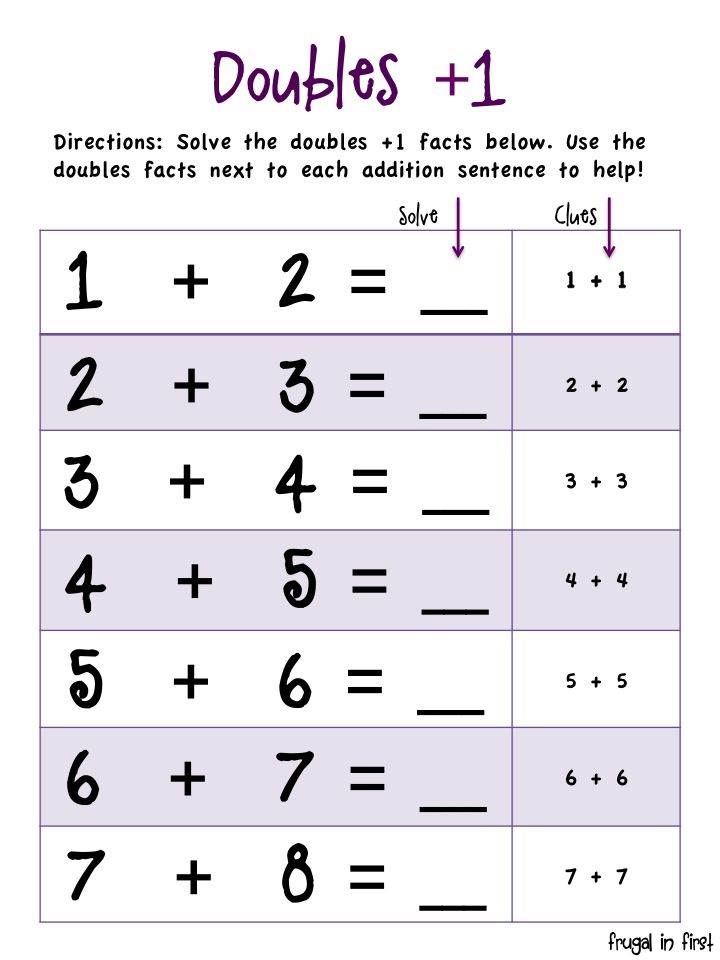 How well this knowledge is learned can be fun to check at home with the help of the game "One, two, three - look!".
How well this knowledge is learned can be fun to check at home with the help of the game "One, two, three - look!".
You will need 10 small items - beans, pebbles, candies, coins, and a sheet of paper. You need to lay out these objects on the table, cover them with a sheet of paper and show them to children for only a few seconds. The task of the child is to say how many beans or coins were under the sheet.
“You will close your eyes, and I will put some sweets on the table and cover them with a piece of paper. You open your eyes, I will tell you: “One, two, three, Kolya, look!” And I will remove the sheet of paper for a few seconds. You will have to say how many items are on the table.”
To begin with, we use 5-6 items, then gradually complicate the task by adding or removing one or more. You need to lay them out in small groups of two or three pieces (this way children more easily perceive a large number of objects). If the child made a mistake, then we raise a sheet of paper and together we count their number.
Checklist:
1. The child looks at a group of objects, quickly memorizes them, then counts them, referring to a mental image, and sounds the number. If the child basically names the correct numbers, then we can conclude that the concept of number and visual understanding of quantity are formed at a good level.
2. The child memorizes the number of objects and, remembering, helps himself by counting on his fingers. This is a variant of the norm. The concept of number has been formed, but it is necessary to make the number “material”, visible. This is a good average. There is no need to force events, the child will train, and gradually the concept of number will move into the inner plane.
3. The child cannot complete the task, does not see several groups of numbers, he does not have a visual understanding of the number. The unpleasant thing is that the child can count very fluently and know the numbers well.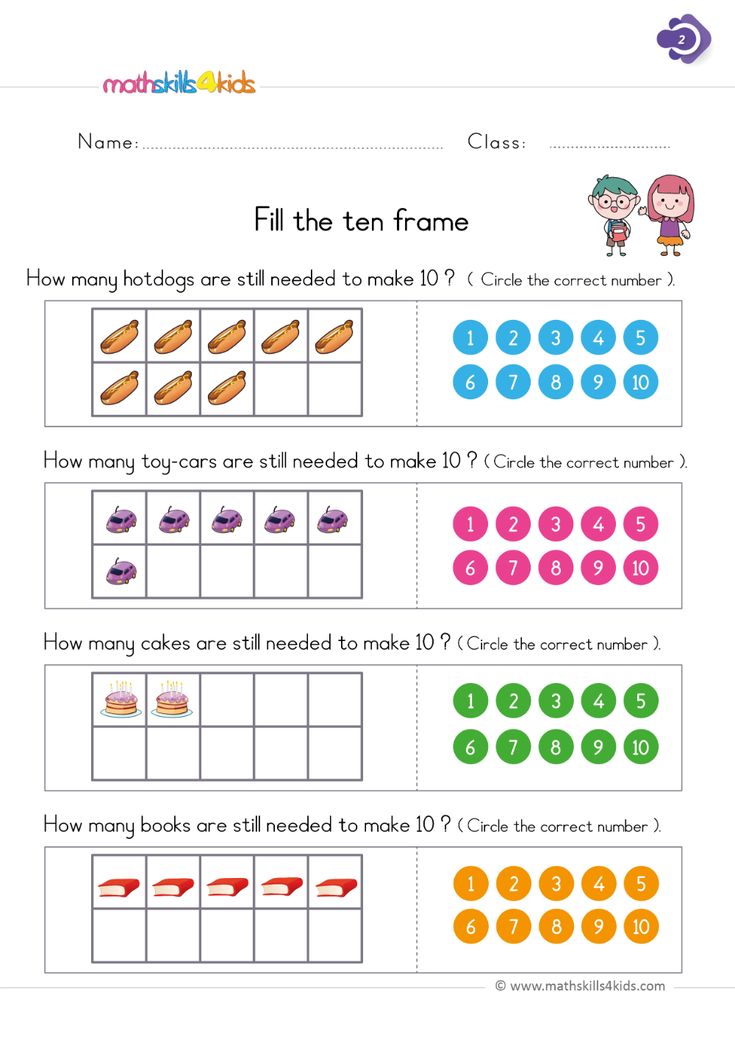 It just doesn't match the number and the number. In this case, the child needs help.
It just doesn't match the number and the number. In this case, the child needs help.
If the concept is not well formed, then the game "One, two, three - look!" can be used for training. You can also use the board games "Turboscore", "Kotosovs" or "Fructage", and combine family leisure with a useful exercise.
How numbers are friends
Learning to count and knowing the graphic image of numbers is followed by the ability to determine the composition of a number. To check how developed it is, you can play "Get to 10".
Prepare small cards with numbers from 0 to 10, offer the children one of the cards and ask them to find another with a number that will complete the first one to ten.
“Look at these numbers. These numbers decided to be friends, but only with those who complete them up to 10. What number will be friends with 4? A 5?
Checklist:
1.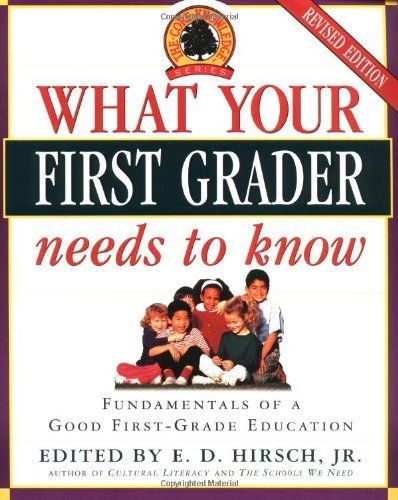 The child can easily find the right pair of numbers. Everything is fine, the composition of the number has been successfully mastered.
The child can easily find the right pair of numbers. Everything is fine, the composition of the number has been successfully mastered.
2. The child has some difficulty, but understands what numbers to add to get 10. You can practice more.
3. The child does not understand the task or copes poorly. It is necessary to return to the very beginning, if necessary, to preschool mathematics, and once again explain this topic to the child.
You can help your child form the concept of the composition of a number with the help of their favorite LEGO constructor: we take a piece of ten bubbles and ask the children to pick up two cubes to cover it from above. Then offer to do it in different ways.
Or you can play the Frutko 10 board game with your child.
Visual arithmetic
To test your addition and subtraction skills, ask your child to solve the simplest problem and write it down as an example. To do this, you will need a piece of paper, a pen, and a few similar items (pencils, sweets, dryers).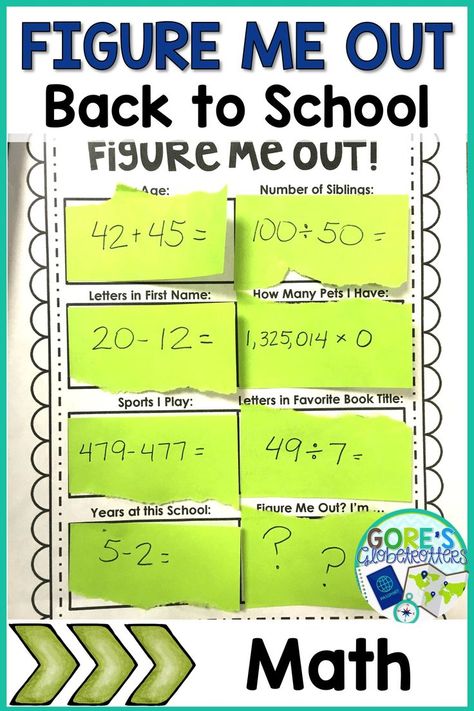
“I had 4 dryers, I took two more. How many dryers do I have now? Or: “I bought 6 pencils, three pencils were lost. How many pencils do I have left?
Checklist:
1. The child easily solved and wrote down the problem.
2. The child experienced difficulties in solving the problem. In this case, we can offer to count the drying not in the mind, but in reality. Here we mainly pay attention to whether the child understands the meaning of arithmetic operations (when adding objects it becomes more, when subtracting less)
3. The child solved the problem correctly, but could not write it down. Pay attention to the spelling of numbers and signs.
4. The child does not understand the idea of decreasing or increasing, cannot solve the problem and write it down. Go back, find a gap in knowledge and fill it.
Please note that children can write numbers in reverse, this is the norm for first graders.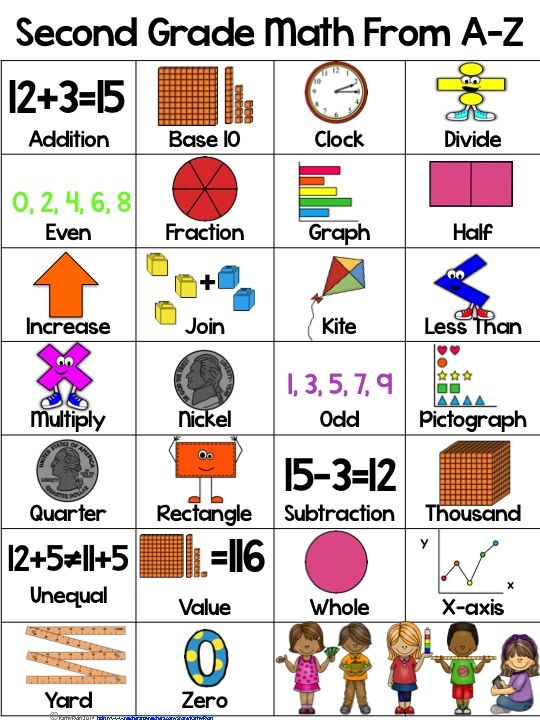 The main thing is that the child understands that “5” means five objects and can correlate the quantity with the number.
The main thing is that the child understands that “5” means five objects and can correlate the quantity with the number.
Do not forbid children to count on their fingers, even if Marivanna is against it at school. Fingers are always "at hand", they help to materialize the number. Neuropsychologists say that this is not only not harmful, but very useful. After all, if a student does not have a well-formed concept of a number, and he cannot rely on visualization, he simply begins to guess what action to perform and what number to write.
If a first-grader has problems with preschool arithmetic, then you can practice adding and subtracting with the help of game dice: the child throws two dice, looks at which numbers fell out and comes up with an addition or subtraction problem using these numbers. Please note that an addition problem can be thought up with any numbers that have fallen out, and in subtraction problems, you need to subtract a smaller number from a larger number.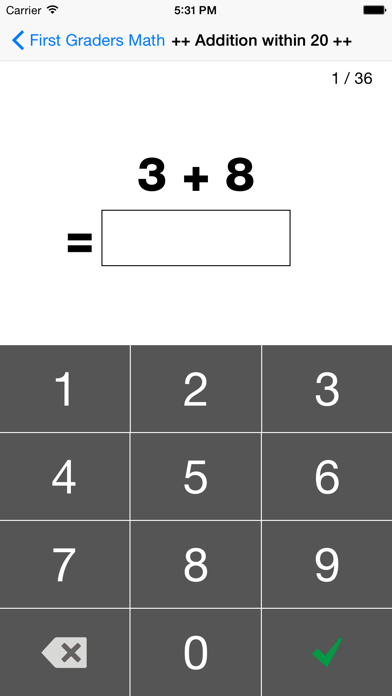
Young Builder
First graders should be able to follow a simple schematic diagram. You can check how well this works with the help of the task "Build it like in the picture."
You will need 4-5 multi-colored parts of a wooden constructor, several painted color schemes of different buildings from these parts (the colors of parts and drawings must match).
Invite the children to build the same building out of blocks as in the picture, and make several other structures according to different schemes.
Checklist:
1. The child looks at the instructions and builds the building with ease. This means that the child understands the visual instruction well and can act on it.
2. The child looks at the instructions, makes a construction, periodically referring to the instructions: if he looks - he will put the cube, he will look again - he will put it again. This is a variant of the norm, it will be useful for the child to practice more.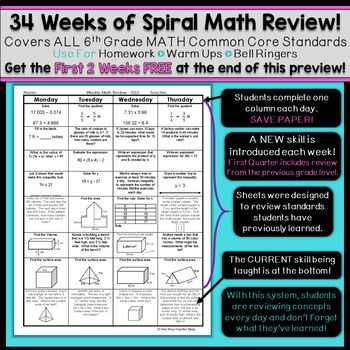
3. The child has difficulty completing the task or does not understand it. This means that the understanding of the visual instruction is not formed.
You can complicate the task a little, for example, on the drawn diagram, designate the color with a letter. The green cube is the letter "Z", the blue one is "C", and so on.
Similarly, you can check the understanding of the verbal instructions by the first grader.
To do this, the child simply has to put multi-colored cubes in the sequence that the adult says.
Checklist:
1. The child easily follows the instructions. Excellent!
2. The child cannot remember the entire instruction, asks a clarifying question. This is an average level - there is room for improvement.
3. The child does not cope with the task or there are many clarifying questions. Comprehension of a verbal instruction may not be formed. You need to offer another task with verbal instruction and see how the child copes.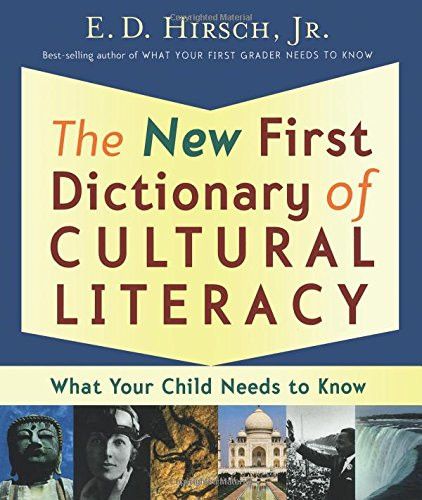
You can complicate the task by coding the actions. If an adult shows two fingers, you need to jump, and if four fingers, sit down. Or, if an adult says “Meow”, raise his hands up, and if he says “Woof”, then hide his hands behind his back.
I am a robot
How well a child orients himself in space can be found out by playing Classics, familiar to everyone from childhood, but in a new way.
Draw 4 by 6 hopscotch tiles on the asphalt and tell your child which cell to jump to using the words "forward", "backward", "left", "right". You can draw pictures on the outermost cells, for example, ice cream or a star, so that it would be more interesting for the child to move towards the goal.
“Now you will be a robot, and I will control you. I will say how many squares and where you should jump. Two squares forward, one left, three right, one back"
Checklist:
1. The child easily completes tasks.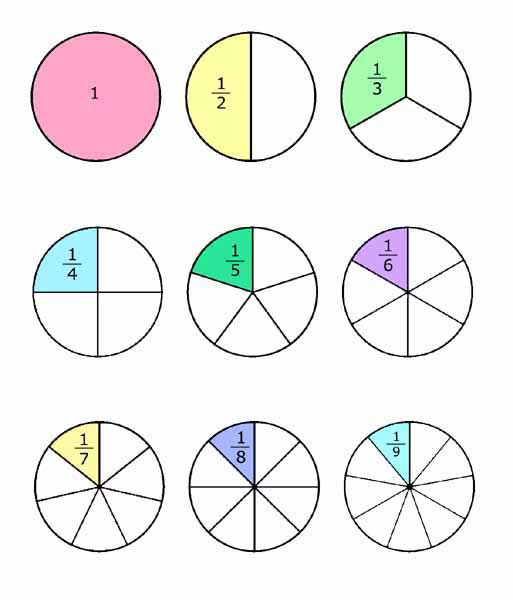
2. The child makes several mistakes. He needs to somehow distinguish between the right and left hand, for example, he clenches his right hand into a fist. This is normal, but it will be useful to practice so that the child automatically selects one or the other hand.
3. The child makes many mistakes, has poor orientation. There is a need to understand what prevents the child from correctly orienting himself.
The Blind Robot game will help develop spatial orientation skills. Create an easy obstacle course with pillows, chairs and large toys. Let the child close his eyes and you will control him like a robot, trying to avoid obstacles: “Step straight, two steps to the left, three steps straight”, etc.
Drawing together
To test how well a child navigates on a piece of paper, the Draw Together game is suitable.
Give the child the task of drawing something in a certain part of the sheet - the lower left and upper left corners, the lower right and upper right corners, the top, bottom, right and left sides of the sheet, etc.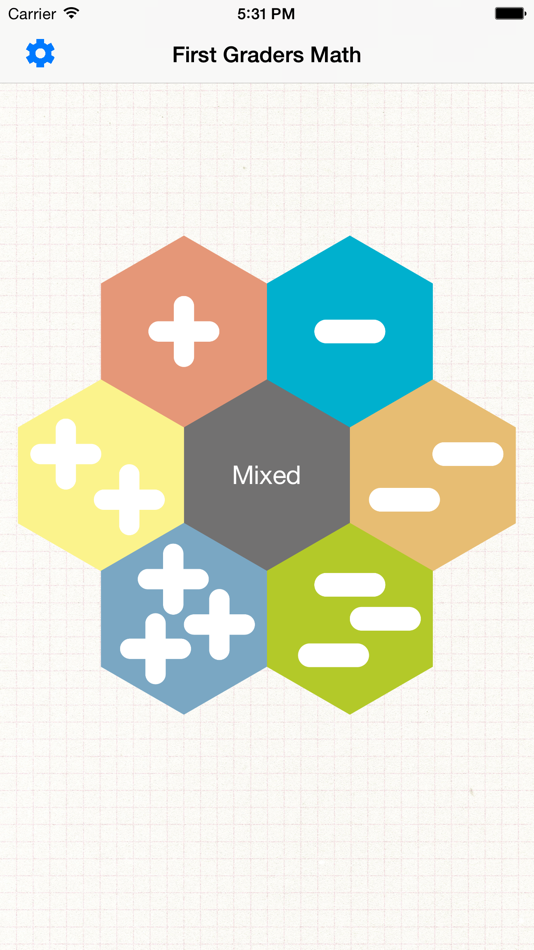 And check how well he does.
And check how well he does.
Checklist:
1. The child easily completes the task.
2. The child confuses right and left a little, but generally performs the task normally. More practice and everything will be fine.
3. The child has difficulty orienting himself on the page. For the middle of the first grade, this is not very good. You need to figure out the reasons for misunderstanding, play more on a piece of paper.
The game "Fly" is well suited for the development of this skill. Divide a piece of paper into 9 squares. Take a small item. It will be a fly. First, the fly “flies” from cell to cell, and the adult names the parts of the sheet on which the fly has landed so that the child remembers them (lower left and upper left corners, lower right and upper right corners, etc.). Then the fly can be thrown on a piece of paper and indicate the place where it fell. For example, "The fly landed in the upper right corner", "The fly landed on the underside of the sheet", "The fly flopped on the middle of the sheet".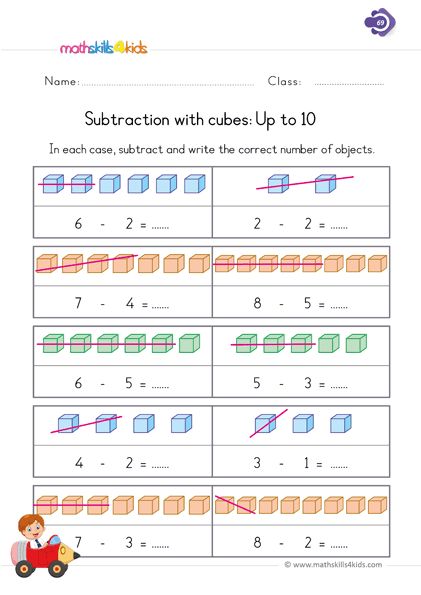 Then you can ask the fly tasks of their one, two and three parts. For example, "Fly, fly to the upper left corner, and then stop in the middle of the sheet."
Then you can ask the fly tasks of their one, two and three parts. For example, "Fly, fly to the upper left corner, and then stop in the middle of the sheet."
With the help of this simple and fun diagnostic, you will be able to understand how the formation of mathematical representations in your child is progressing, and at the same time it will be fun and useful to spend a few family evenings with him.
Partner material
Mathematics in grade 1 - what should a child be able to do?
Global development does not stand still, so the requirements for a person and his capabilities are constantly increasing. Including such a category of the population as schoolchildren. They need to work almost without rest in order to withstand the competition of their peers.
The level of knowledge of first graders has also become quite high. Schools do not have strict requirements for future students, but still, yesterday's kindergarteners must be prepared for basic subjects.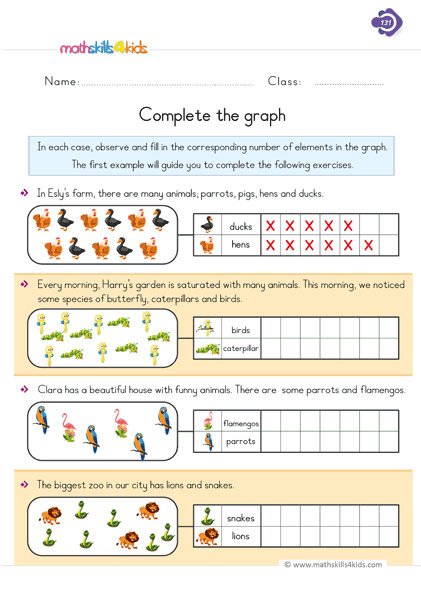 It will be easier for a child to study in the first grade if he knows letters and sounds, can read by syllables, hold a pen correctly, and even better be able to write letters and know the alphabet well. As for mathematics in the first grade, there are also some requirements: you need to know simple geometric shapes, count up to 10, and preferably up to 20, understand what direct and reverse ordinal counting is, navigate on a sheet of paper.
It will be easier for a child to study in the first grade if he knows letters and sounds, can read by syllables, hold a pen correctly, and even better be able to write letters and know the alphabet well. As for mathematics in the first grade, there are also some requirements: you need to know simple geometric shapes, count up to 10, and preferably up to 20, understand what direct and reverse ordinal counting is, navigate on a sheet of paper.
Both the educational and moral readiness of children is important. Parents are worried about the future first-grader, because even knowing everything that is needed, he can get confused and nervous. And school interviews are held precisely for this, so that teachers can understand how capable and prepared the child is.
How can I help my child learn the school curriculum in mathematics in the first grade?
Many parents from the first grade strive to teach their children to study well - to get only A's. But at the same time, they forget to emphasize that the most important thing is to gain knowledge.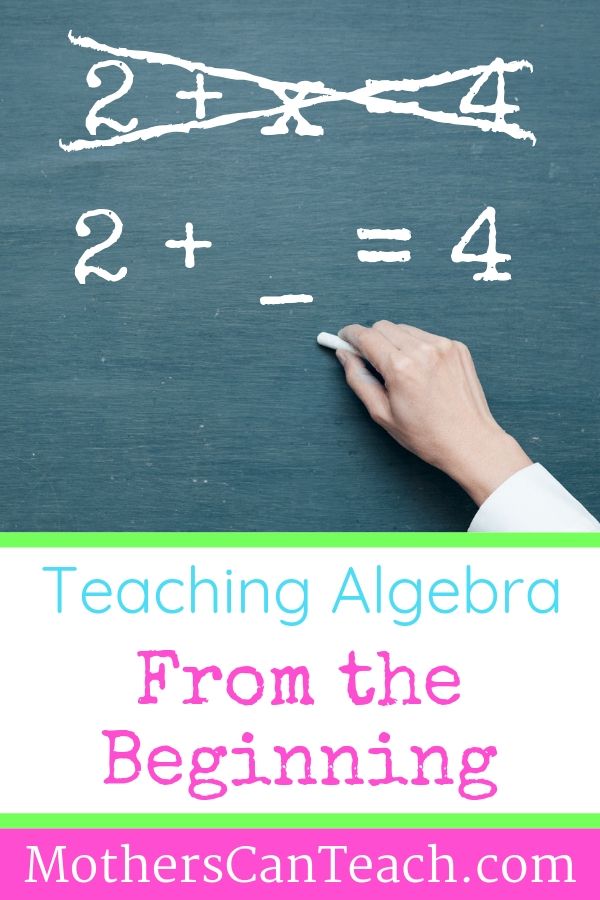 Even first-graders often have a problem that the grades are good, but there is very little knowledge. After all, it’s easy to just memorize the material in order to answer well at the blackboard the next day. It is difficult to understand and understand the topic in order to fix it forever.
Even first-graders often have a problem that the grades are good, but there is very little knowledge. After all, it’s easy to just memorize the material in order to answer well at the blackboard the next day. It is difficult to understand and understand the topic in order to fix it forever.
Therefore, parents should convey to their children that the most important thing is to understand mathematics, learn how to apply it in life, consciously perform exercises, not solve examples in the classroom mechanically, but only with full understanding and without haste. For conscious learning, the development of logic and non-standard critical thinking also helps. Thanks to them, it will be easier for the student to understand mathematics and apply its laws in life.
Math assignments in Grade 1
First-graders' education is mainly based on what children learned in pre-school lessons. The past is repeated, and the complication of the material occurs very gradually.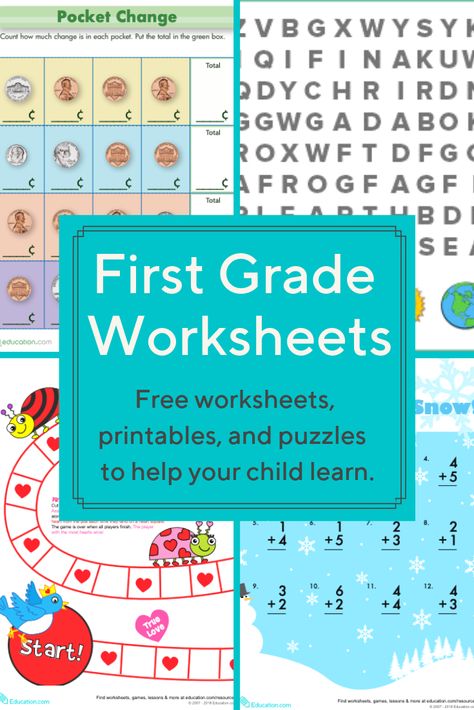
Mathematics assignments in grade 1 are the study of a straight line, a point, a broken line, simple geometric shapes, both written and mental counting. Considering that the basis of algebra is the multiplication table, then in the first grade there is preparation for its study: fundamental knowledge is gained, which in the second grade allows you to master the multiplication table.
In addition, of course, students learn to find figures in the world around them, broaden their horizons, try to apply in life the calculation that they have already mastered. They also solve puzzles, puzzles, easy entertaining tasks, the simplest examples. Despite the fact that this is a school, teachers try to teach the material in an interesting way, and pick up tasks that are exciting and in a playful way.
Math puzzles and quick wits
In addition to learning numbers, rules and counting, it is important to give your child to solve various puzzles and puzzles. It is non-standard tasks that help a child develop his brain, learn how to find a solution, are not afraid of difficulties, apply mathematical tricks.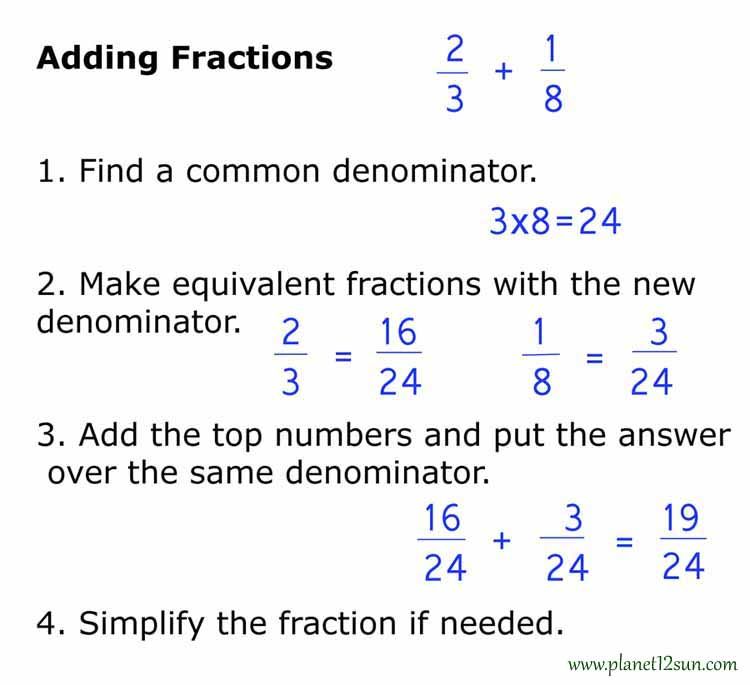 Simple examples will only help to work out the skill of arithmetic calculations, and you can develop further only using non-standard thinking.
Simple examples will only help to work out the skill of arithmetic calculations, and you can develop further only using non-standard thinking.
The modern Amamatika method from the AMAKids Intelligence Development Academy includes an online platform and math game simulators that allow you to develop all the abilities of children in the field of mathematics at once.
In order to teach students to easily solve problems of any complexity, as well as apply the “queen of sciences” in life, our textbooks and manuals offer interesting tasks with missing numbers, unbroken crosswords and puzzles, mathematical puzzles for grade 1 and for older children, fascinating mazes , tasks for ingenuity. Knowing how to apply non-standard methods of solving, the child does not experience fear of tasks of increased complexity. He takes on any challenge with interest.
Math Simulator Grade 1
The Amamatika platform and simulator will help you not only succeed in school, but also teach you how to find an approach to complex tasks, teach financial literacy and the basics of programming, help develop analytical thinking, spatial imagination.

